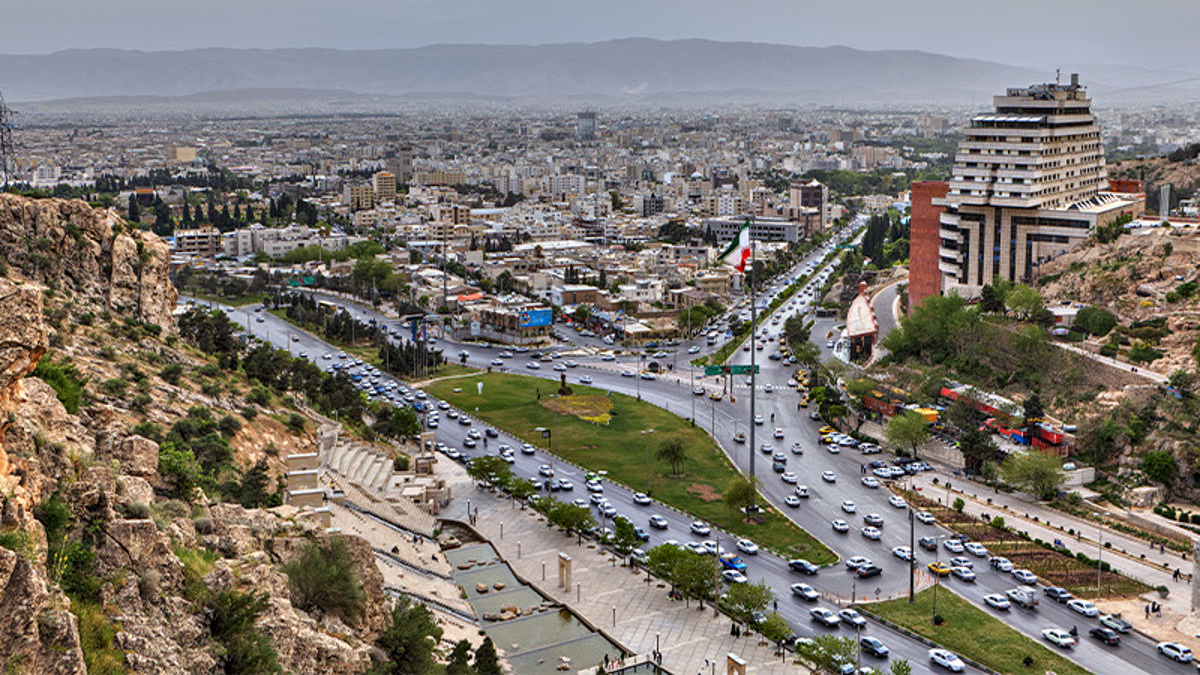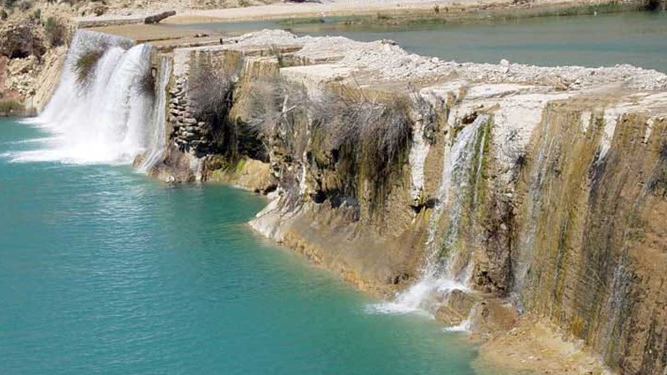
Maragheh Caves
Caves were the first habitats of our ancestors. Even later on, when humans learned to build houses and started living in cities and villages, caves maintained their importance and were sometimes used for offering special prayers. In the modern world, caves have kept their attraction and attraction, especially for those who are interested in history, nature tourism, and cave climbing. Of course, caves are also attractive for writers of horror stories, because having dark environments they are considered the best place for scary animals, demons, and evil creatures to hide and live in!
Today, caving is a specialized and popular field that has reconciled sports and adventure! There are many caves in different parts of Iran that can be attractive options for cavers. Maragheh, in the northeast of Iran, is one of the regions that has numerous and diverse caves in its eye-catching and attractive slopes and is a suitable and desirable destination for those interested in nature tourism and caving. Some of the interesting caves of Maragheh include:
Hampoeil Cave
This cave is one of the most attractive and famous caves in Maragheh, which is located near a village called Goshayesh. Since this cave is a suitable place for pigeons to nest and live, the local people have named it the “Pigeon Cave”. Geologists believe that this limestone cave was formed 150 million years ago. The interior of the cave is full of natural beauty and several large stalactites and stalagmites can be seen in it. Due to the existence of deep wells and steep and scary holes, caving in Hampoeil Cave is very difficult and requires proper skill and equipment. Nevertheless, the accessible parts of the cave are considered a place for nature lovers to visit and rest. In recent years, a path has been created to access the cave so that tourists can visit it more easily. The beautiful “Mardagh” river flows at the bottom of the slopes where the cave is located. The cave is located at a height of nearly 1600 meters above this river. An inscription in Russian on which the date 1925 AD can be seen is one of the most interesting sights of the cave. This cave was inscribed on the list of Iran’s national natural heritage in the year 2015 AD.
Qirakh Kohul Caves
During the time of living in the caves, humans have made changes in their shape and appearance, such as what can be seen in Qirakh Kohul or the “Forty Caves” of Maragheh. This set of caves is located 20 km from Maragheh City and near the “Moghanjiq” River. The Moghanjiq Village and Kahjuq Village are located at a distance of five and three kilometers, respectively, from these caves. Three man-made entrances with curved arches have been created in the caves, each ending in separate rooms. These rooms are connected by corridors. It is said that human habitation in this area dates back to the Stone Age.
Chapar Cave
This large limestone cave is located 10 kilometers northeast of Maragheh City and east of the village of “Chavan-e Sofla”. Since historians believe that this cave had been a human settlement and is of historical importance, therefore, studies have been done to map and identify its different parts. The cave is 200 meters long and has three floors, small and large halls, and winding corridors.
Caves of the Maragheh Observatory Hill
Maragheh was once the capital of the Ilkhanate dynasty (13th and 14th centuries AD). During this period, in addition to its political importance, this city had also become a base for scientific activities. Maragheh Observatory is one of the scientific buildings related to this period, where a huge library was created and scientists from different nationalities were present there. Presently, the remains of the observatory are located on top of a high hill near the village of “Talib Khan” and around it, caves with a limestone structure can be seen. Despite their extraordinary beauty, these caves have remained largely unknown. The caves have been carved in the shape of a Sternum. Apparently, these carvings date back to before the arrival of Islam in Iran (7th century AD), but in the later periods, especially during the time of the Ilkhanate dynasty, changes were made in these spaces to be used as side buildings of the observatory. This set of caves was inscribed on the list of Iran’s national heritage in the year 2003.
Some caves of Maragheh were among the first human habitats in the region and are of great historical importance.
| Name | Maragheh Caves |
| Country | Iran |
| State | East Azerbaijan |
| City | Maragheh |
| Type | Historical |
| Registration | No registration |
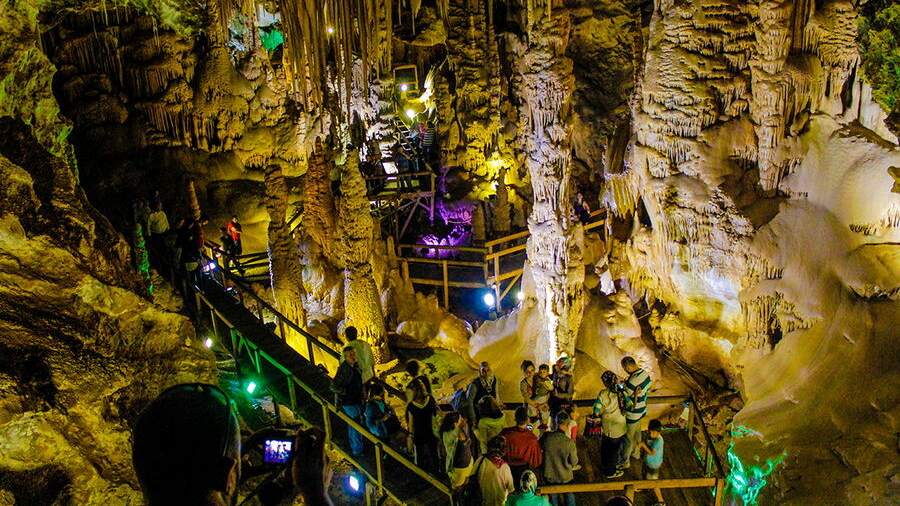
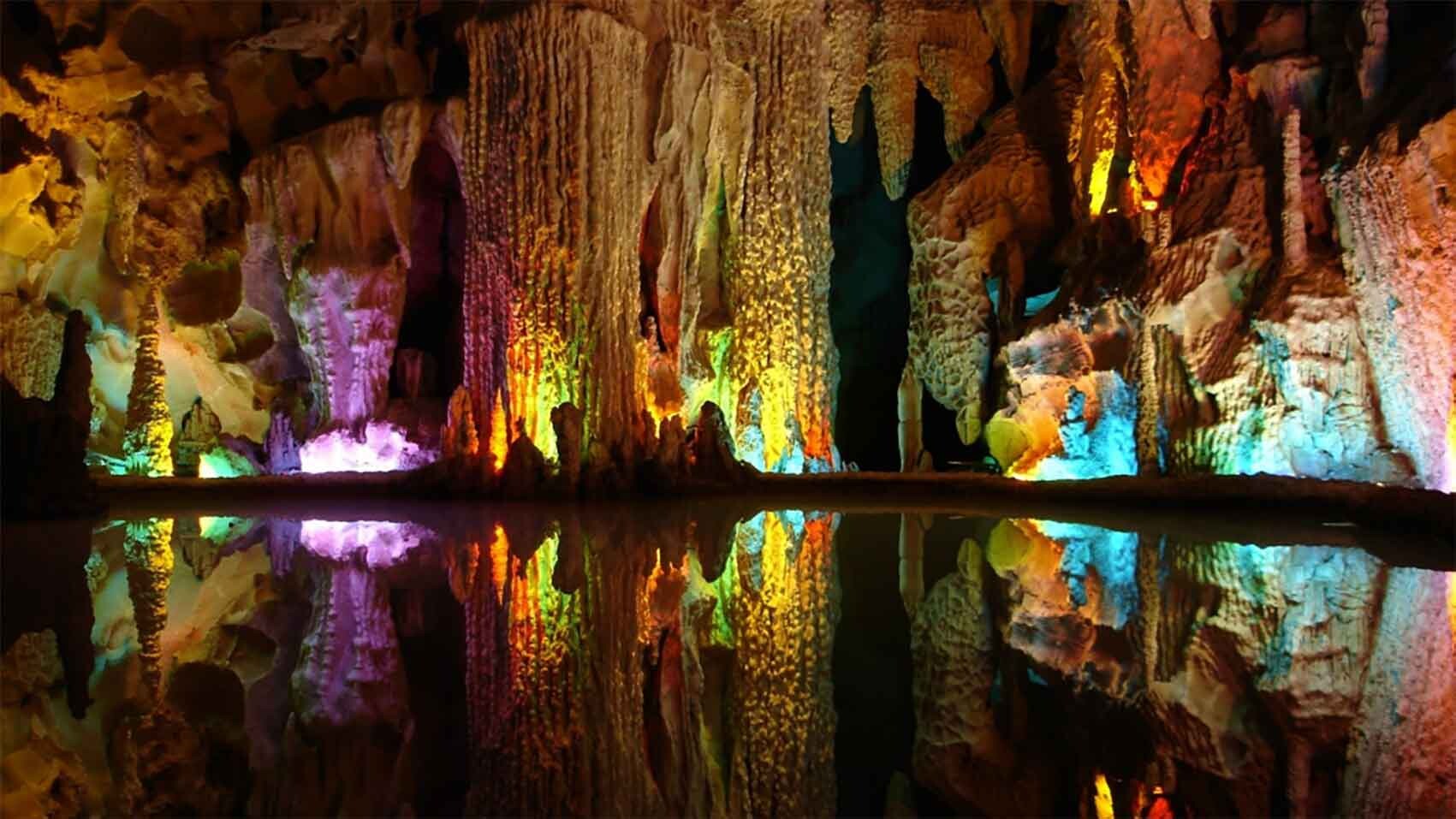
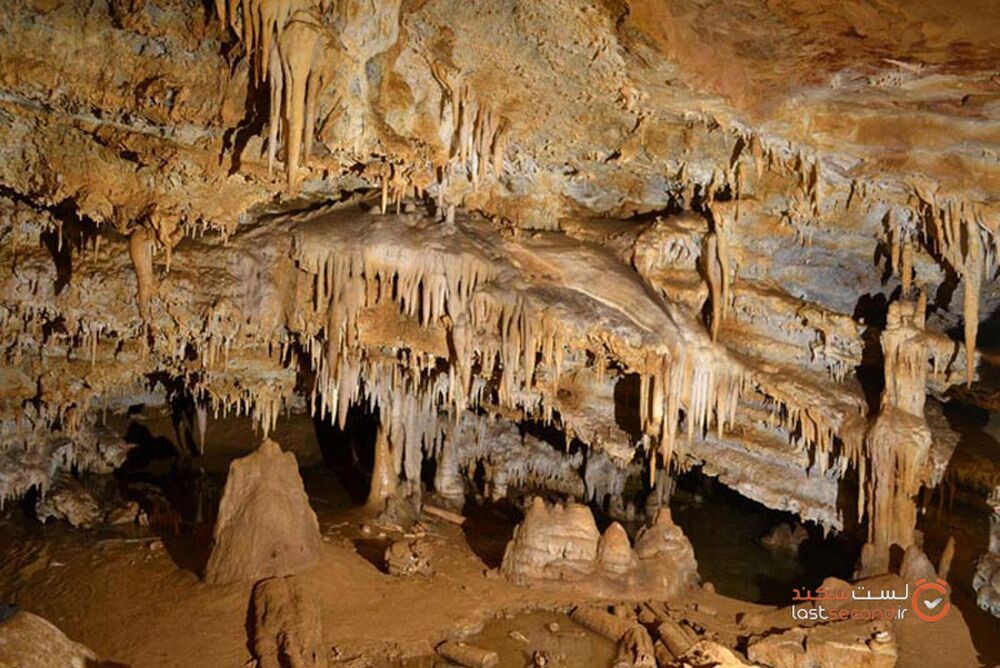




Maragheh Caves
Caves were the first habitats of our ancestors. Even later on, when humans learned to build houses and started living in cities and villages, caves maintained their importance and were sometimes used for offering special prayers. In the modern world, caves have kept their attraction and attraction, especially for those who are interested in history, nature tourism, and cave climbing. Of course, caves are also attractive for writers of horror stories, because having dark environments they are considered the best place for scary animals, demons, and evil creatures to hide and live in!
Today, caving is a specialized and popular field that has reconciled sports and adventure! There are many caves in different parts of Iran that can be attractive options for cavers. Maragheh, in the northeast of Iran, is one of the regions that has numerous and diverse caves in its eye-catching and attractive slopes and is a suitable and desirable destination for those interested in nature tourism and caving. Some of the interesting caves of Maragheh include:
Hampoeil Cave
This cave is one of the most attractive and famous caves in Maragheh, which is located near a village called Goshayesh. Since this cave is a suitable place for pigeons to nest and live, the local people have named it the “Pigeon Cave”. Geologists believe that this limestone cave was formed 150 million years ago. The interior of the cave is full of natural beauty and several large stalactites and stalagmites can be seen in it. Due to the existence of deep wells and steep and scary holes, caving in Hampoeil Cave is very difficult and requires proper skill and equipment. Nevertheless, the accessible parts of the cave are considered a place for nature lovers to visit and rest. In recent years, a path has been created to access the cave so that tourists can visit it more easily. The beautiful “Mardagh” river flows at the bottom of the slopes where the cave is located. The cave is located at a height of nearly 1600 meters above this river. An inscription in Russian on which the date 1925 AD can be seen is one of the most interesting sights of the cave. This cave was inscribed on the list of Iran’s national natural heritage in the year 2015 AD.
Qirakh Kohul Caves
During the time of living in the caves, humans have made changes in their shape and appearance, such as what can be seen in Qirakh Kohul or the “Forty Caves” of Maragheh. This set of caves is located 20 km from Maragheh City and near the “Moghanjiq” River. The Moghanjiq Village and Kahjuq Village are located at a distance of five and three kilometers, respectively, from these caves. Three man-made entrances with curved arches have been created in the caves, each ending in separate rooms. These rooms are connected by corridors. It is said that human habitation in this area dates back to the Stone Age.
Chapar Cave
This large limestone cave is located 10 kilometers northeast of Maragheh City and east of the village of “Chavan-e Sofla”. Since historians believe that this cave had been a human settlement and is of historical importance, therefore, studies have been done to map and identify its different parts. The cave is 200 meters long and has three floors, small and large halls, and winding corridors.
Caves of the Maragheh Observatory Hill
Maragheh was once the capital of the Ilkhanate dynasty (13th and 14th centuries AD). During this period, in addition to its political importance, this city had also become a base for scientific activities. Maragheh Observatory is one of the scientific buildings related to this period, where a huge library was created and scientists from different nationalities were present there. Presently, the remains of the observatory are located on top of a high hill near the village of “Talib Khan” and around it, caves with a limestone structure can be seen. Despite their extraordinary beauty, these caves have remained largely unknown. The caves have been carved in the shape of a Sternum. Apparently, these carvings date back to before the arrival of Islam in Iran (7th century AD), but in the later periods, especially during the time of the Ilkhanate dynasty, changes were made in these spaces to be used as side buildings of the observatory. This set of caves was inscribed on the list of Iran’s national heritage in the year 2003.
| Name | Maragheh Caves |
| Country | Iran |
| State | East Azerbaijan |
| City | Maragheh |
| Type | Natural |
| Registration | National |
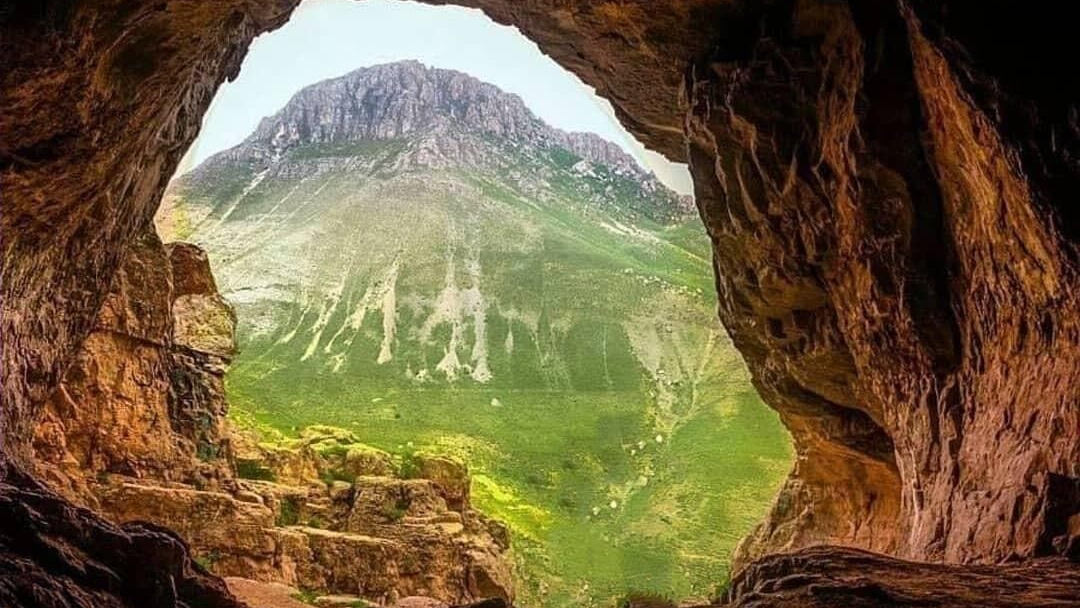

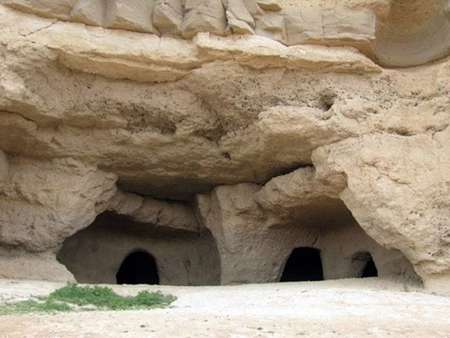



Choose blindless
Red blindless Green blindless Blue blindless Red hard to see Green hard to see Blue hard to see Monochrome Special MonochromeFont size change:
Change word spacing:
Change line height:
Change mouse type:
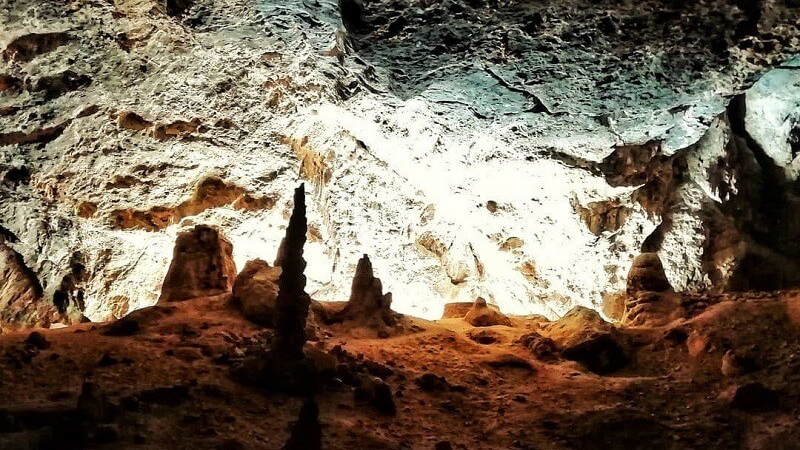

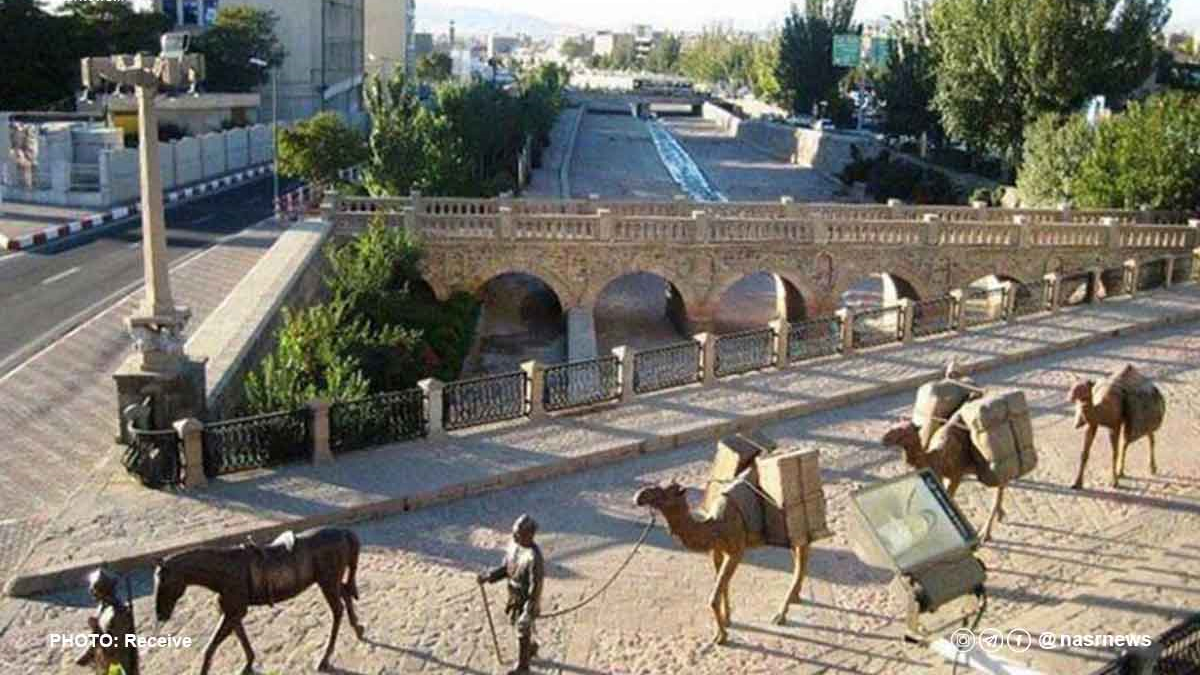
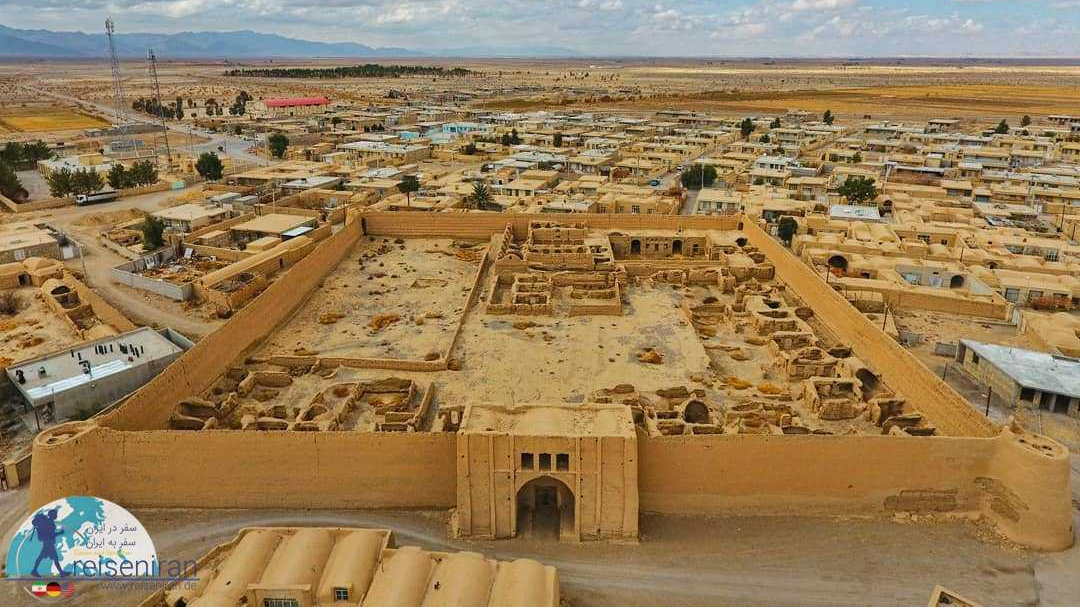
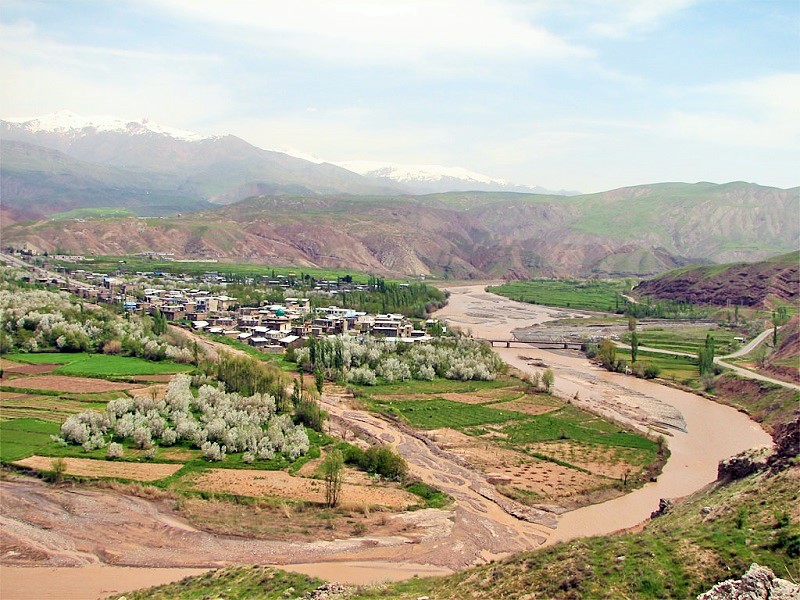

_crop_2.jpg)
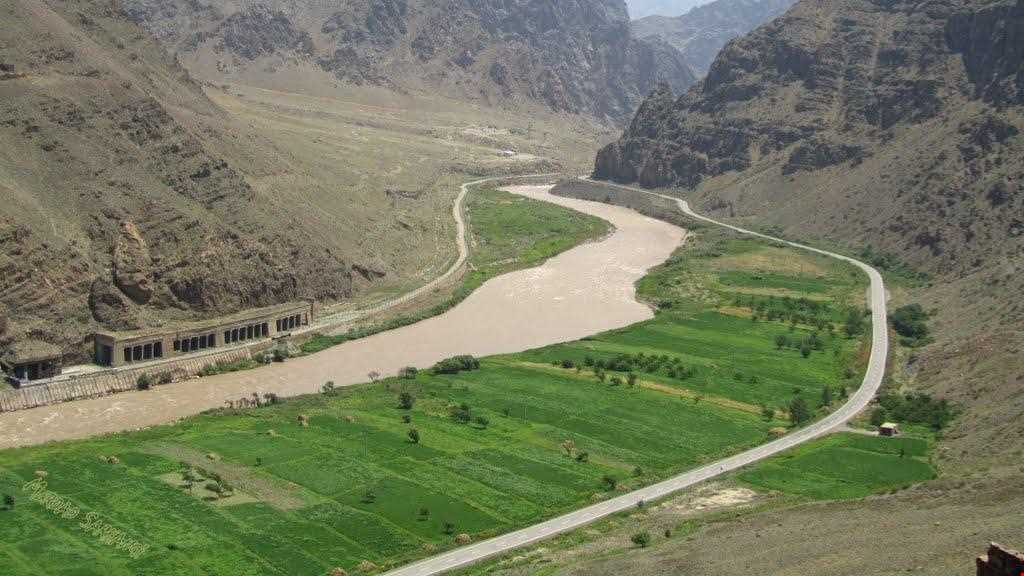
_crop_2.jpg)

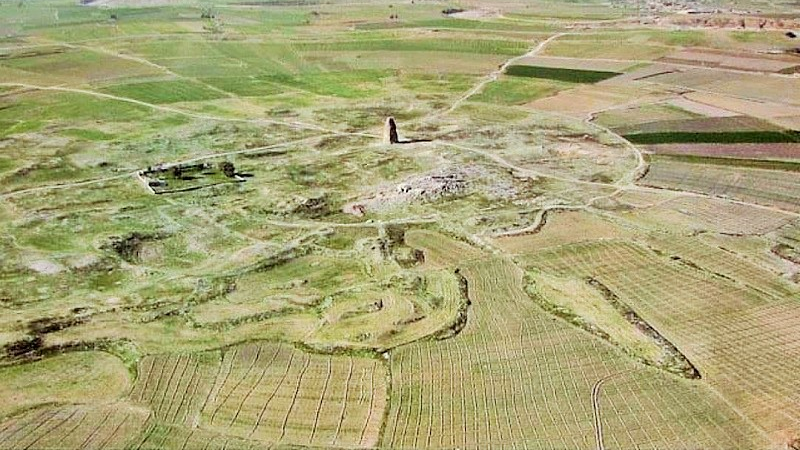

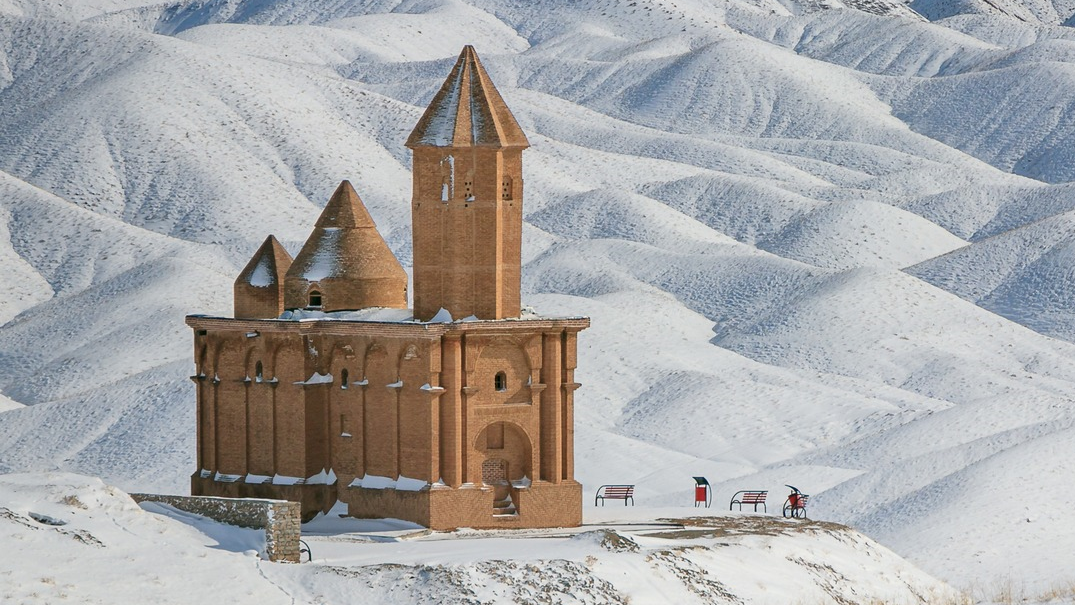

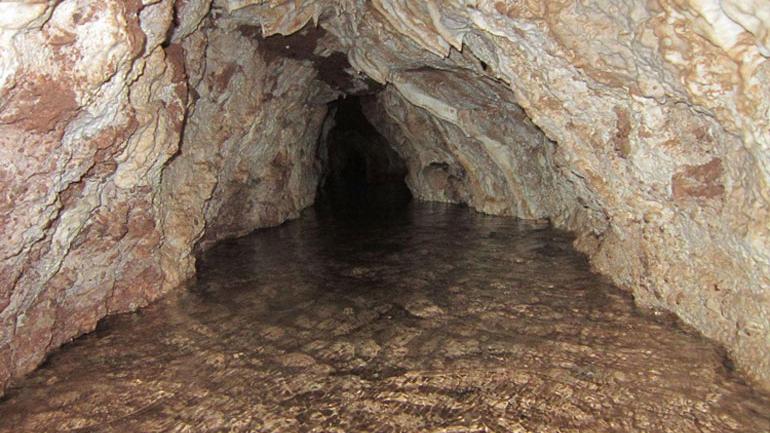

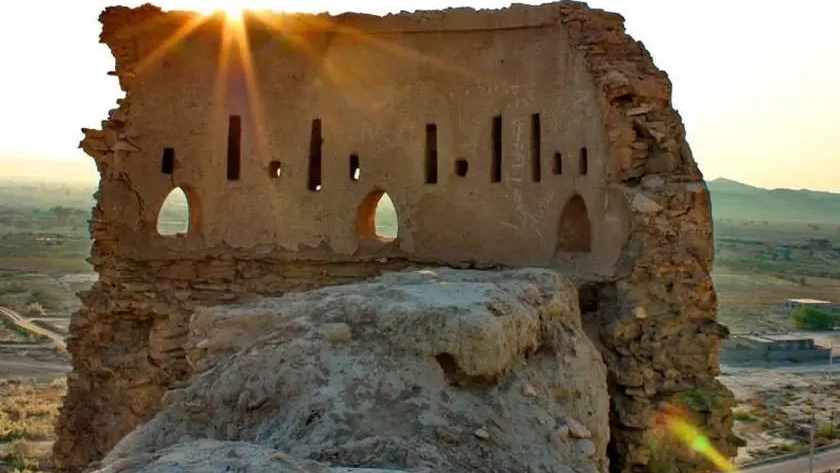


_crop_2.jpg)
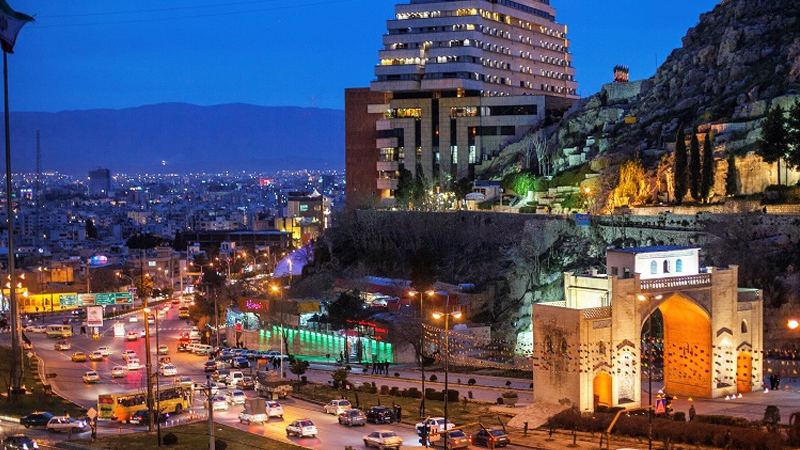


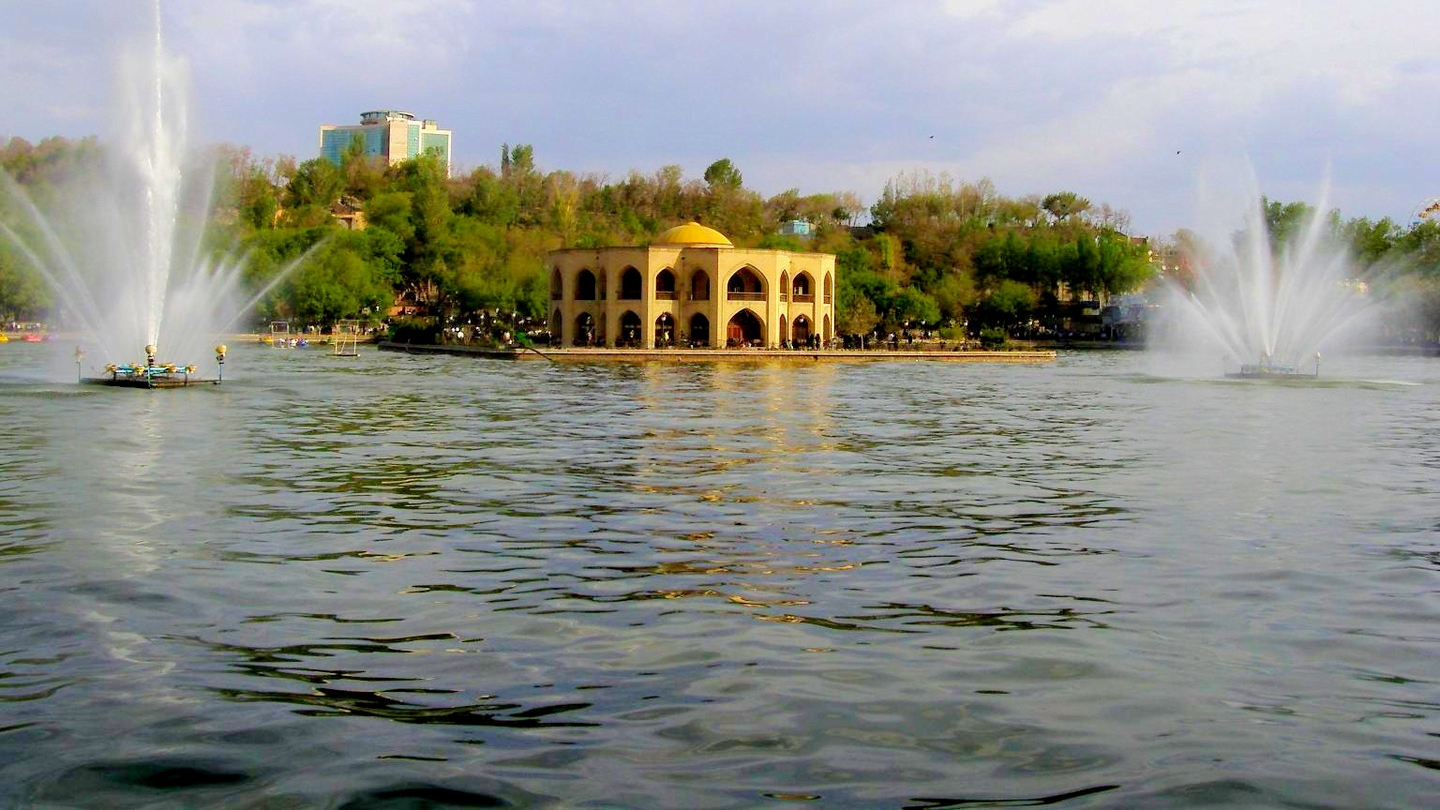
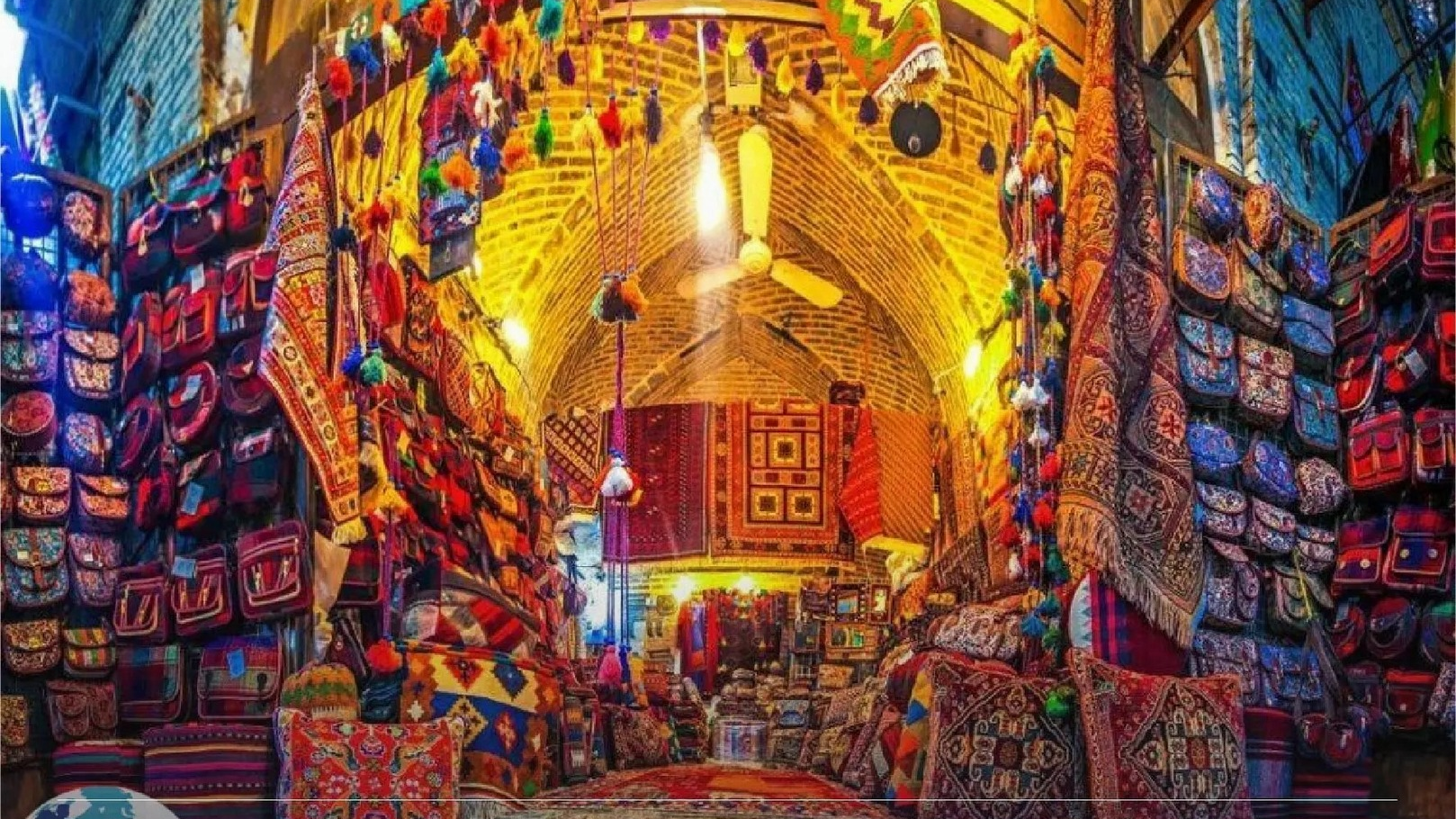
-k- main.jpg)
_crop_1.jpg)

